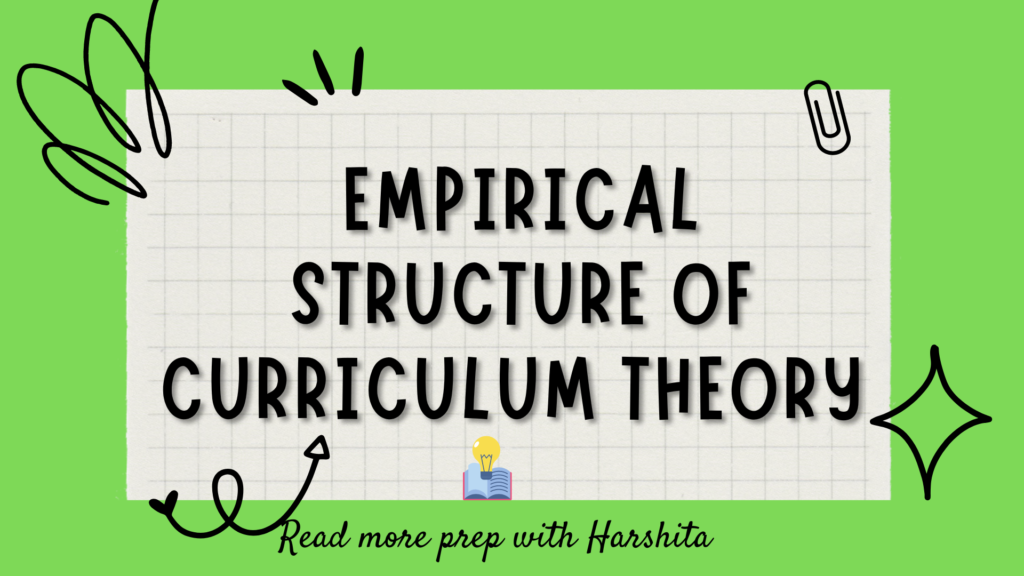Empirical structure of curriculum theory refers to the process of developing and testing theories about curriculum through observation, data collection, and analysis. This approach is grounded in the scientific method and emphasizes the importance of empirical evidence in understanding the effectiveness of curriculum.
The empirical structure of curriculum theory involves several key elements:
- Hypothesis development: Curriculum researchers begin by developing hypotheses about the relationships between different aspects of curriculum, such as the impact of instructional methods on student learning outcomes.
- Data collection: Researchers collect data through a variety of methods, such as surveys, interviews, observations, and assessments.
- Data analysis: Researchers analyze the data to identify patterns and relationships that support or contradict their hypotheses. This may involve statistical analysis or other quantitative methods, as well as qualitative analysis to identify themes and trends.
- Theory development: Based on their findings, researchers develop and refine theories about the curriculum. These theories may be used to inform curriculum development, instructional practices, and policy decisions.
- Testing and replication: Theories are tested and replicated through additional research to confirm their validity and reliability.
It is an iterative process that involves ongoing refinement and revision based on new data and insights. This approach emphasizes the importance of evidence-based decision-making in curriculum development and implementation, and it has contributed significantly to our understanding of effective teaching and learning practices.
Also Read : NCF 2005

Also Visit : Prep with Harshita

